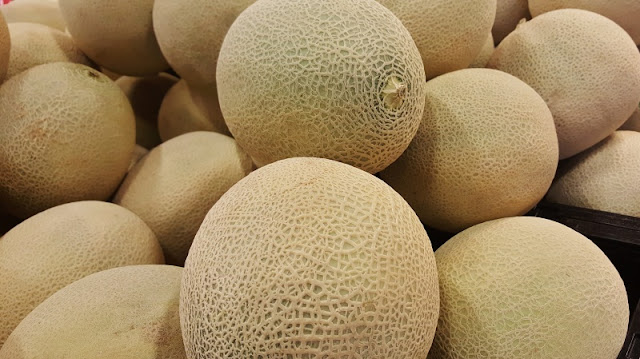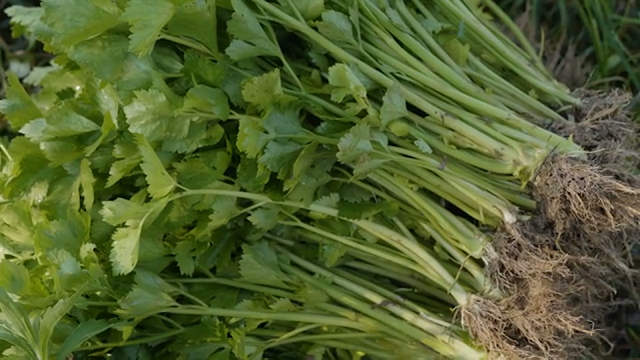Staging Your Home to Close the Sale

At any given time of the year, there are over three million homes for sale in the United States. That's a lot of competition if you're trying to sell your house. Real estate experts know that staging can make the difference in a home that sells and one that languishes on the market. Here is how to stage your home the right way: 1.Repaint the Walls The first step in staging a home is to repaint the walls. If you're moving, pack before you paint. If you are living in your home while you try to sell it, store everything but the essentials. Paint the walls in each room in a neutral tone. You may like bold violets are subtle peaches, but they could be distracting to people looking at your house. Remember that people will mentally furnish and decorate your home as they walk through the open house; neutral walls help them imagine their own belongings in your home. 2.Purposeful Rooms Most of us have one room in our house that serves as the catch-all. We pile unused furnishings, ho




